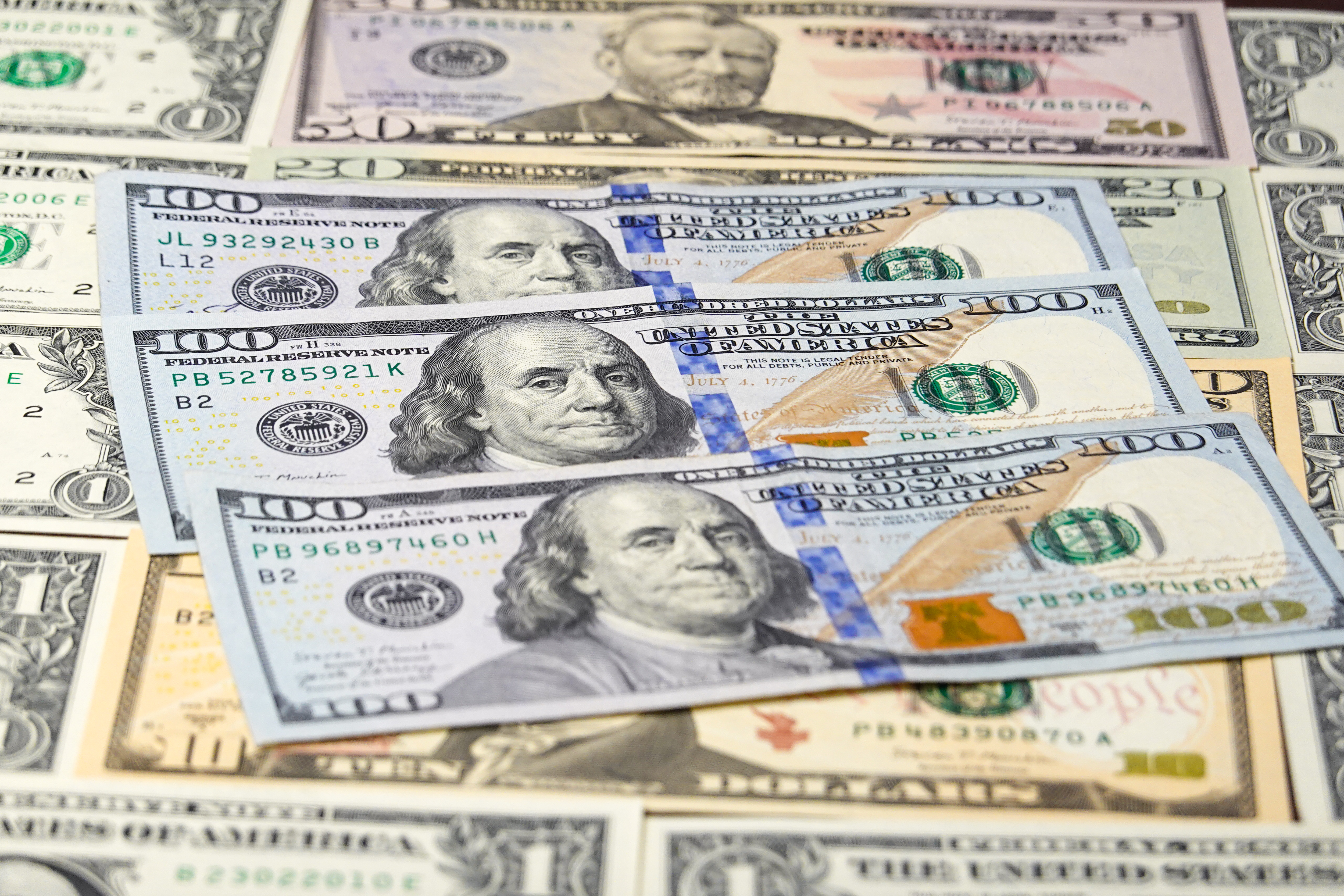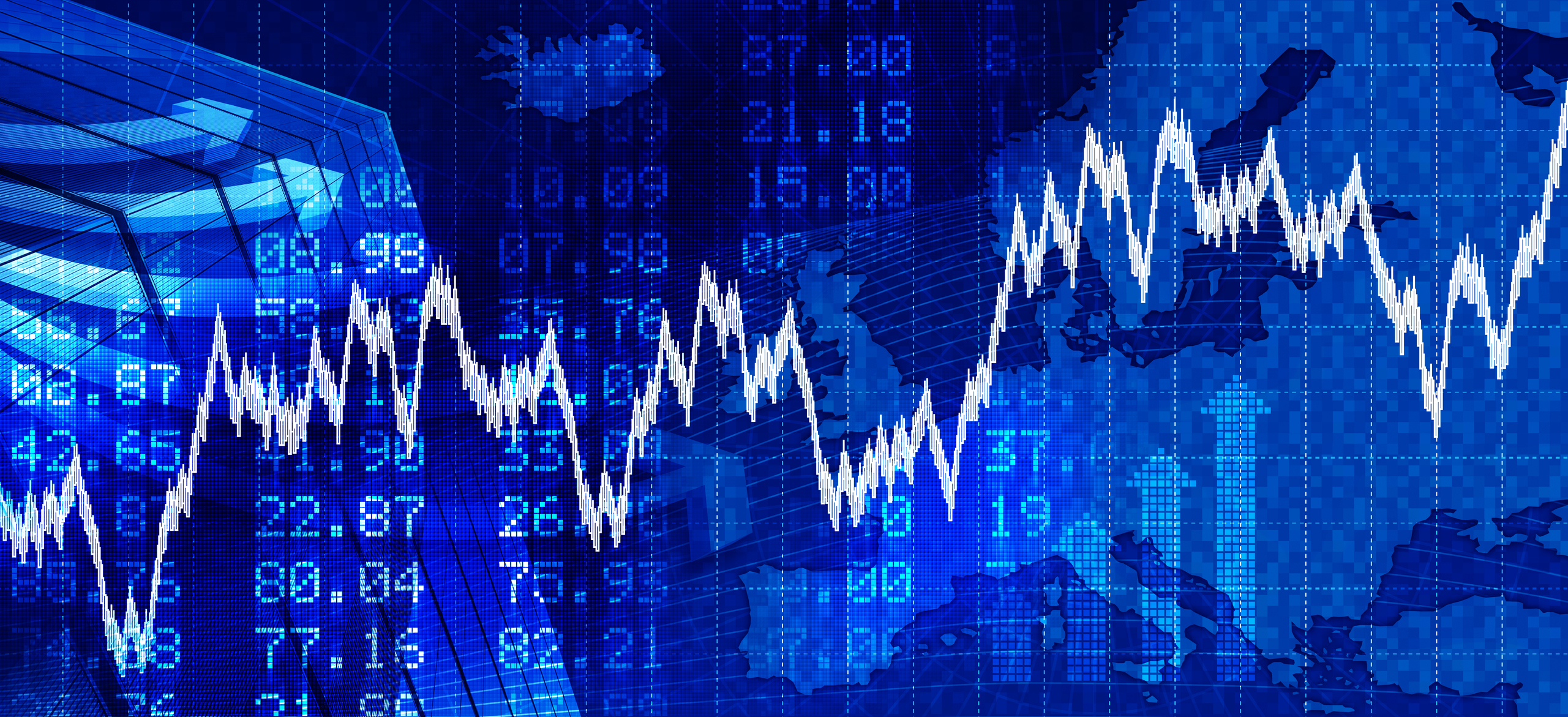Governments’ money-printing mania bodes well for base metals
Money is being printed like there is no tomorrow. Much of it will be used to pay for infrastructure projects – and that will be good for metals, says Dominic Frisby.


I’ve been thinking about commodities prices this week, in particular metals.
Money is being printed like there is no tomorrow. When I was completing my book, Daylight Robbery, this time last year, US MZM money supply was US$15.5trn (MZM is “money of zero maturity” – a measure of readily available money in an economy held, for example, in cash, current and savings accounts, and money market funds). Yesterday I glanced at the St. Louis Fed website and it was just shy of US$21trn.
That’s extraordinary. Where is all this inflation going to end?
MoneyWeek
Subscribe to MoneyWeek today and get your first six magazine issues absolutely FREE

Sign up to Money Morning
Don't miss the latest investment and personal finances news, market analysis, plus money-saving tips with our free twice-daily newsletter
Don't miss the latest investment and personal finances news, market analysis, plus money-saving tips with our free twice-daily newsletter
Usually, inflation is good for metals. But no two inflations are the same in this modern age of funny money. Economists can’t even agree what the word means.
First, make sure you hold independent money
In this case, for example, these Federal Reserve injections that show up on MZM have been “offset” by the collapse of dollar liquidity offshore. Money velocity is down. Or to use layman’s terms the deflationary tsunami that was Covid has hit an inflationary wall of central bank printing.
None of this answers the question, however: where will it all end?
Independent money and tech have been my two big themes, and they remain so. By independent money I mean gold and bitcoin.
Gold is having a bit of a breather and over the last few days has retreated a little. You should always have some gold in your portfolio by my reckoning. With any pretence of fiscal or monetary rectitude in national currencies long since abandoned, the case for it is stronger than ever. Fiat money is not a store of wealth. Gold is.
Bitcoin, meanwhile, is similarly impossible to debase. With so much potential – that, yes, might come to nothing, but then again might not – how can you not own some?
Then there’s tech. Economies might have crashed thanks to Covid, but tech has come to the rescue. And my gosh has it stepped up to the plate. Whether it’s Google, Netflix, Twitter, Facebook – from Amazon to Zoom, with every letter in between – we are using tech more than ever it seems. That’s why the Nasdaq is hitting all-time highs.
I don’t see any reason to change those particular themes, but they are feeling a little tired. Perhaps it’s time for some sector rotation.
Markets often move in cycles, and it can often pay to be in different sectors at different times in the cycle. When the shops open again, should you move out of Amazon, perhaps, and into traditional retail? As Covid passes, should you move out of healthcare into, say, leisure?
These are all questions that people are trying to figure out. 2020 has been so extraordinary, nobody quite knows what is going to happen next. Everybody is second-guessing everybody else, and theories abound.
The global reflation programme will boost base metals
With this in mind, is it time to be moving out of gold and into base metals? The case for base metals is surely reflation. Governments borrow and print to pay for infrastructure projects. This translates into greater demand for the likes of copper, zinc, iron ore, nickel and aluminium.
On the other side of the coin, supply of these metals is short. Copper, for example, has been in a secular bear market for nine years. It enjoyed a two-year 50% rally in 2016-2017 at the prospect of a Trump infrastructure spend, but the bigger picture is year after year of relentless bear market. In 2011 the high was north of $4.50/lb and here we are today at $2.40.
Nobody likes nine years of bear market, but, on the other hand, there is nothing like a bear market to get you tightening your belt. Mining is a lot less flabby than it was nine years ago. The capital hasn’t been there, so it’s only the better operations that have survived. The result is that at an operational level the industry is working a lot more efficiently than it was in 2011. Personnel, practice, performance – it’s all better.
It’s far from perfect – it’s mining, after all. But it’s a lot better than it was.
But that belt tightening also means that supply is constrained, and can’t meet the demands of a global government reflation programme. That will put upwards pressure on prices.
Copper in particular looks promising
Meanwhile thanks to Covid many mines had to close temporarily and mine supply is constrained. South America, in particular, is struggling – Peru especially – and the west of the continent is the source of much of the world’s copper.
I read a very bullish note from Canadian investment house, Canaccord, last night, which noted that total global copper inventories (including bonded warehouse deliveries) are 749,000 tonnes. This is down 22% from March and down 29% year-over-year.
Scrap copper, which accounts for 20% of global supply, is also tight. Andy Home of Bloomberg calls scrap “the hidden balancer of the copper market”. When there is oversupply of copper and low prices, scrap availability reduces. Thus does demand for primary copper increase.
But Covid-19 lockdowns have frozen collection networks and trade flow. In short, a key supply source that balances the market and has nearly been shut off. That won’t last of course. It never does. But for now it is putting upwards pressure on prices.
Meanwhile copper cathode premiums in China are above $100/tonne, when a $60-$80/tonne premium would be considered normal. This signals strong demand pull with the result that there is a price arbitrage between Shanghai and London.
Inventories in Shanghai are down 16% week-on-week suggesting there is robust domestic demand.
Finally, in early May, a survey by the Shanghai metals market of Chinese copper wire and cable fabricators showed that operating rates are now over 100% of nameplate capacity for the first time ever. The rise is due to orders from the country’s State Grid Corporation, which has been given a large budget increase this year.
Similar dynamics have driven previous bull markets. Perhaps it’s time to rotate into copper to play the great reflation.
There’s no shortage of copper miners on the LSE if you fancy playing this theme. Among them BHP Billiton (LSE: BHP), Anglo American (LSE: AAL), Antofagasta (LSE: ANTO), Rio Tinto (LSE: RIO) and Glencore (LSE: GLEN).
Full disclosure: I own BHP.
Until next time,
Dominic
Dominic is the author of Daylight Robbery – How Tax Shaped The Past And Will Change The Future, available at Amazon and all good bookstores. The audiobook, read by Dominic, is available on Audible and elsewhere. If you would like a signed copy, you can order one here
Get the latest financial news, insights and expert analysis from our award-winning MoneyWeek team, to help you understand what really matters when it comes to your finances.
Dominic Frisby (“mercurially witty” – the Spectator) is as far as we know the world’s only financial writer and comedian. He is the author of the popular newsletter the Flying Frisby and is MoneyWeek’s main commentator on gold, commodities, currencies and cryptocurrencies. He has also taken several of his shows to the Edinburgh Festival Fringe.
His books are Daylight Robbery - How Tax Changed our Past and Will Shape our Future; Bitcoin: the Future of Money? and Life After the State - Why We Don't Need Government.
Dominic was educated at St Paul's School, Manchester University and the Webber-Douglas Academy Of Dramatic Art.
You can follow him on X @dominicfrisby
-
 London claims victory in the Brexit wars
London claims victory in the Brexit warsOpinion JPMorgan Chase's decision to build a new headquarters in London is a huge vote of confidence and a sign that the City will remain Europe's key financial hub
-
 The reinvention of the high street – and how to invest
The reinvention of the high street – and how to investThe high street brands that can make shopping and leisure an enjoyable experience will thrive, says Maryam Cockar
-
 The challenge with currency hedging
The challenge with currency hedgingA weaker dollar will make currency hedges more appealing, but volatile rates may complicate the results
-
 Can Donald Trump fire Jay Powell – and what do his threats mean for investors?
Can Donald Trump fire Jay Powell – and what do his threats mean for investors?Donald Trump has been vocal in his criticism of Jerome "Jay" Powell, chairman of the Federal Reserve. What do his threats to fire him mean for markets and investors?
-
 Freetrade’s new easy-access funds aim to beat top savings rates
Freetrade’s new easy-access funds aim to beat top savings ratesFreetrade has launched an easy-access exchange traded fund (ETF) range - here’s how the ETFs work and how they compare to the savings market
-
 Go for value stocks to insure your portfolio against shocks, says James Montier
Go for value stocks to insure your portfolio against shocks, says James MontierInterview James Montier, at investment management group GMO, discusses value stocks and slow-burn Minsky moments with MoneyWeek.
-
 Halifax: House price slump continues as prices slide for the sixth consecutive month
Halifax: House price slump continues as prices slide for the sixth consecutive monthUK house prices fell again in September as buyers returned, but the slowdown was not as fast as anticipated, latest Halifax data shows. Where are house prices falling the most?
-
 Rents hit a record high - but is the opportunity for buy-to-let investors still strong?
Rents hit a record high - but is the opportunity for buy-to-let investors still strong?UK rent prices have hit a record high with the average hitting over £1,200 a month says Rightmove. Are there still opportunities in buy-to-let?
-
 Pension savers turn to gold investments
Pension savers turn to gold investmentsInvestors are racing to buy gold to protect their pensions from a stock market correction and high inflation, experts say
-
 Where to find the best returns from student accommodation
Where to find the best returns from student accommodationStudent accommodation can be a lucrative investment if you know where to look.
